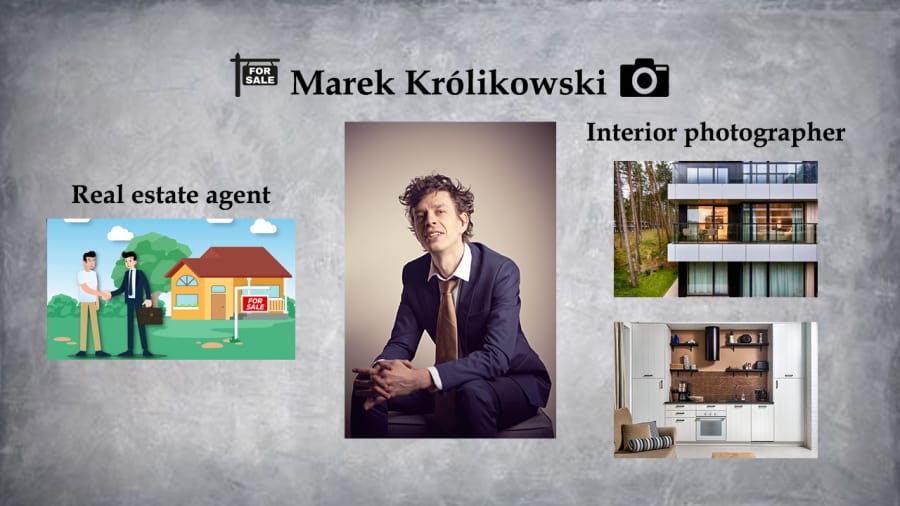Marek Królikowski – an independent real estate agent in Poland who’s also a professional architecture and interior photographer.
This is the second time that Finding Poland has caught up with Marek, after a recent interview for an article about selling properties online in Poland.
Let’s dive in to see what Marek had to say about his development as a photographer, what led him to a career in architecture and interior photography and what it’s like working as an independent real estate agent in Poland.
1. When did you realise that photography was something you wanted to pursue as a career?
❝ I think it was after a personal project I did in 2014. The project is called “Home” and I based it on still life photography.* I mainly took photos inside my own home. This project naturally led me towards what is now my main photographic passion – shooting architecture and interior photographs.
At that time, my cousin, who’s a real estate agent in Poland, asked me to take pictures of properties he wished to include in real estate adverts on the Internet. This opportunity helped me to find my niche as a photographer.
* Still life photography – A type of professional photography that depicts inanimate objects or subject matters

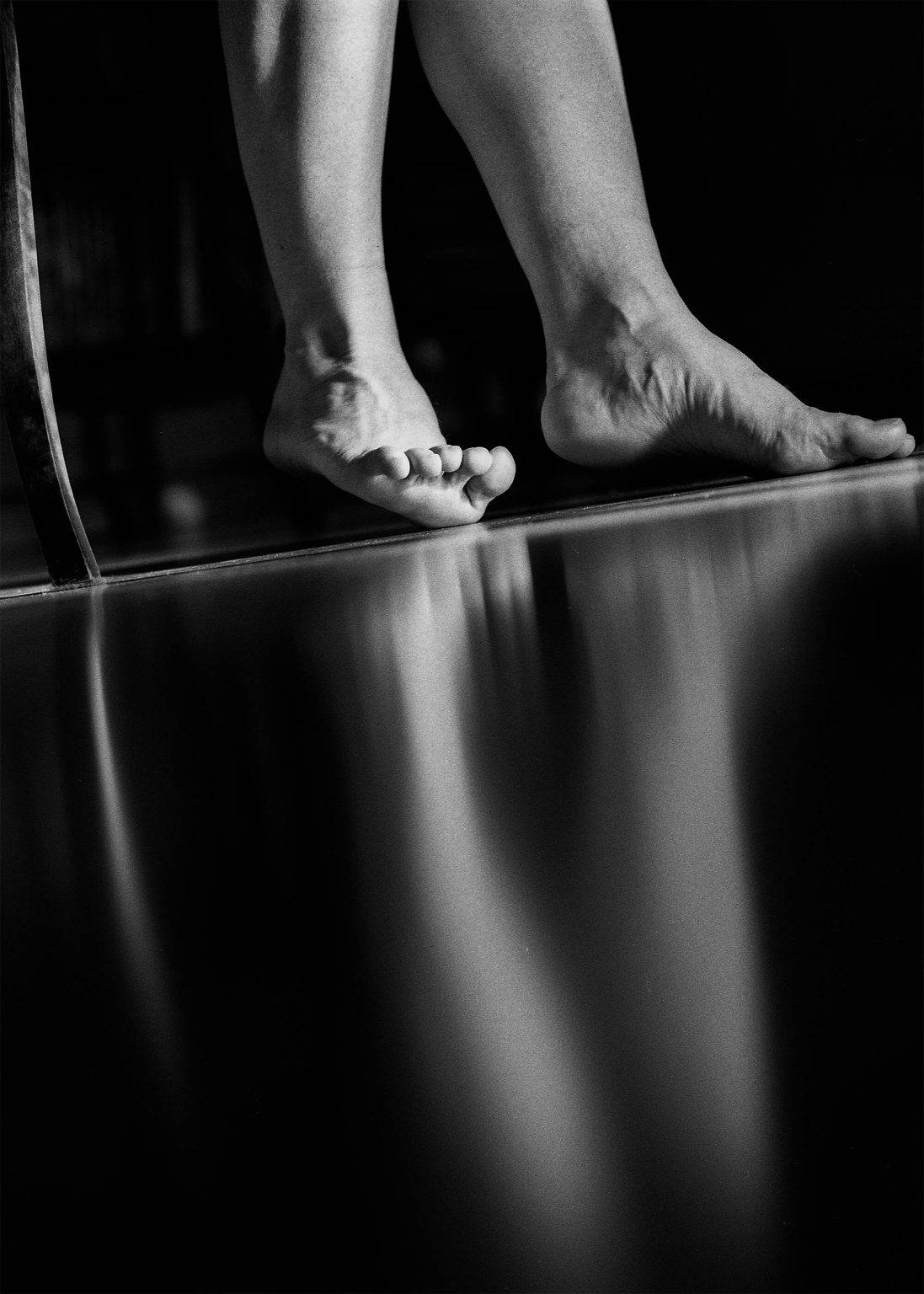
2. How did you improve your photographic skills early on?
❝ I’m entirely self-taught.
Through making mistakes and trial and error, I wasn’t averse to leaving my comfort zone and being a critic of my own work. So, in a sense, I was both a student and my own teacher at the same time.
The first book which gave me a real zest for photography and a fascinating insight into photographic techniques is called The Art of Photography by Bruce Barnbaum. This book gave me a thorough grounding in photography. The beauty of the book is that the author doesn’t try to impose any style of photography on the readers. Importantly, the author’s attitude helps budding photographers to discover and develop their own style or interest related to a specific genre.
Photography is a continuous learning process. Photographers should constantly improve their skills. It’s not the case that photographers learn something new and are immediately able to transfer this knowledge into practice – i.e. shooting pictures. I’m constantly searching for my personal photographic style. I don’t believe this is a sign of insecurity – it’s about self-improvement and progress.
3. What are the most enjoyable and frustrating aspects of being an interior photographer?
❝ The most enjoyable aspect is that rather euphoric moment when I’ve found and developed a concrete plan for a photo shoot.
I’d also like to mention my newfound passion for drone photography. Aerial photography gives potential buyers a much better understanding of what a property and the surrounding area looks like. I also use my drone to record short movies. It’s all rather fun and addictive.
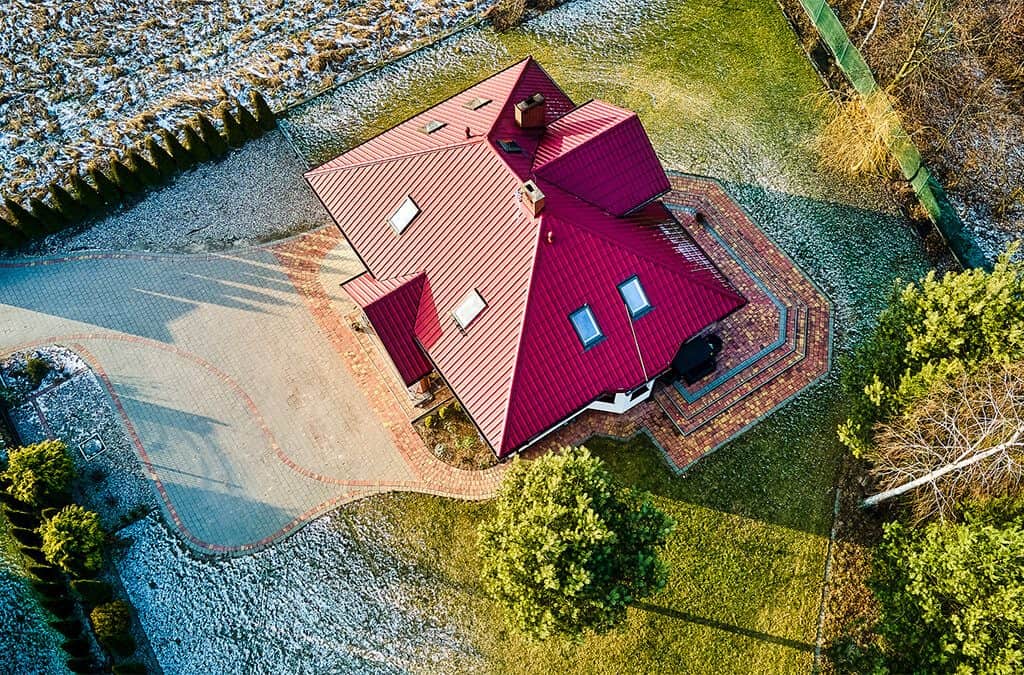
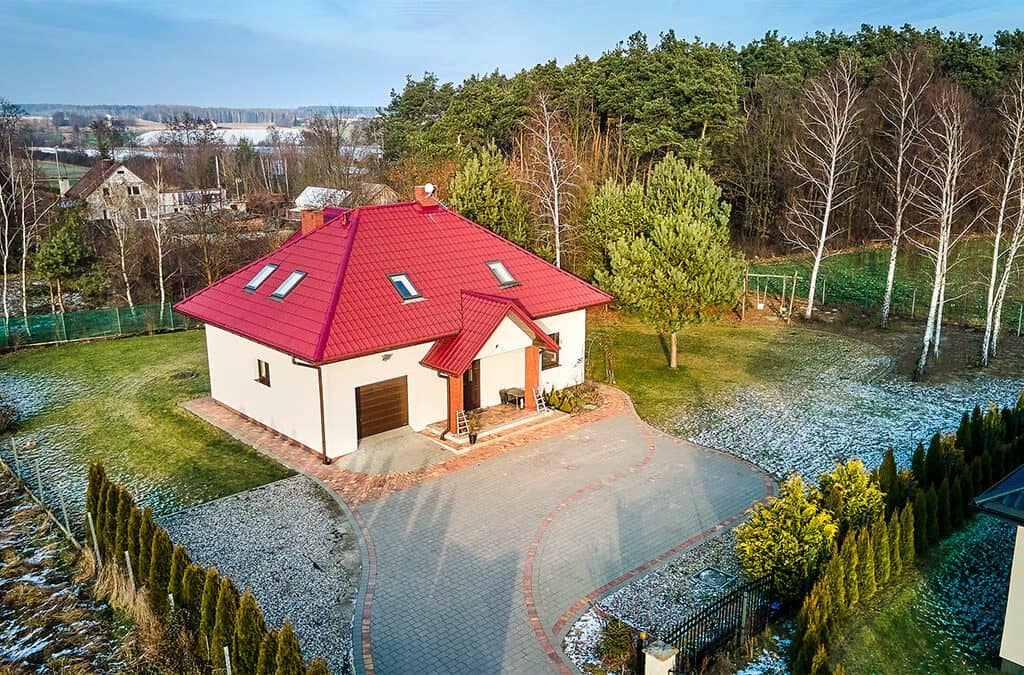
Let me also talk about how I get my creative juices flowing during the post-production stage. First of all, this phase requires just as much creativity as the photo session itself. In order to trigger my creativity, I listen to different genres of music according to the type of interior I have to take pictures of. I’ve realised that a certain kind of music can complement a certain interior design. Hence, to come up with a better final result during post-production, I might play an album through from beginning to end. One song might be the inspiration for a particular picture. Overall, I believe that music and photography have many aspects in common. My intention is to visualise those sounds.
Note:
The pictures below are from three separate apartments. Here are the bands and songs which inspired the shots:
Apartment 1 – Rogowo – The Stranglers, Always the Sun
Apartment 2 – Rogowo – Fashion, Love Shadow
Apartment 3 – Grzybowska Street, Warsaw – Clan of Xymox, Medusa
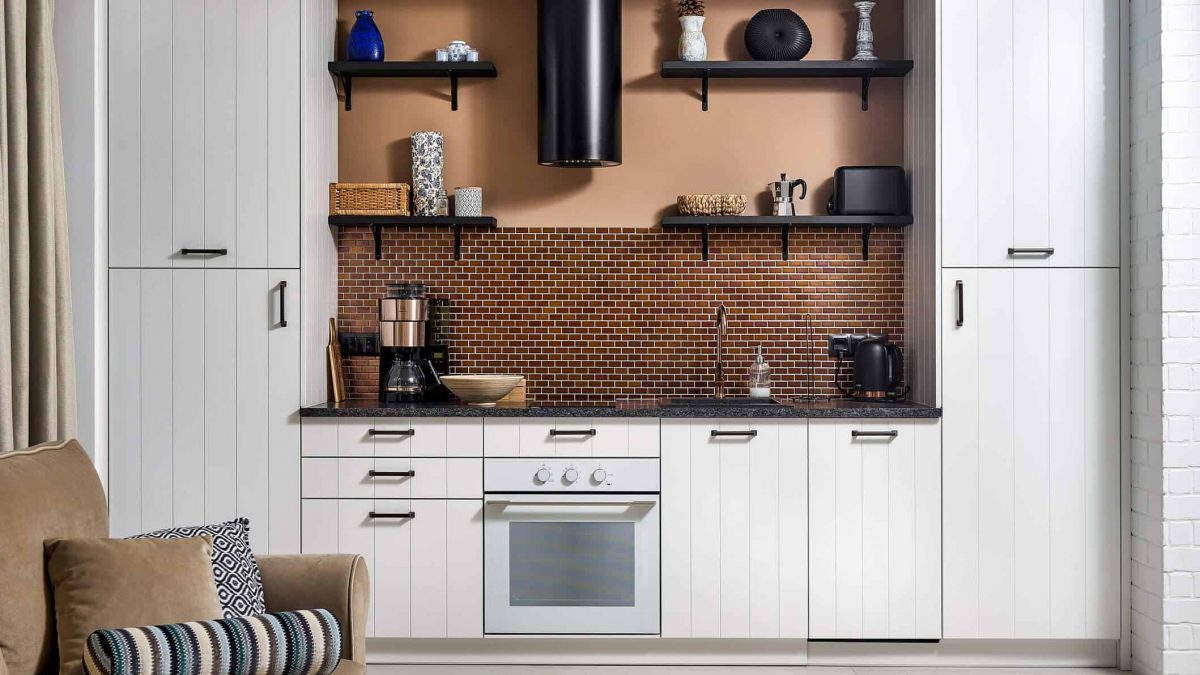
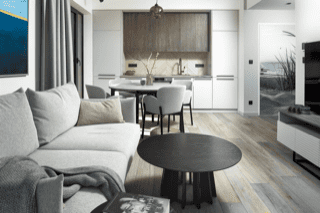
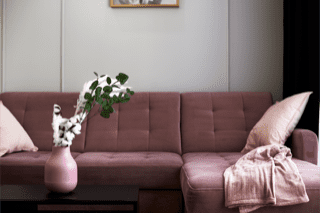
❝ As for the “Home” project we talked about earlier, I was inspired by the Queen song Don’t lose your head for most of the pictures.
Frustration
❝ Regarding the most frustrating aspects of being an interior photographer, I sometimes have to tackle very normal-looking interiors. Clients might expect me to show something different, something extraordinary – which is not always possible. Still, my job is to try to present these bland interiors in their best possible light.
One more frustrating point is when I have clients who don’t have much time. Working under time pressure kills my creativity.
4. What are the do’s and don’ts of real estate photography?
❝ I’d say that there are no hard and fast rules to real estate photography. Having done around 400 photography sessions, I can’t say that there’s one scheme or plan that I follow for each shoot.
Nevertheless, there are still several do’s and don’ts that I, as an interior photographer, have developed for myself.
First of all, I try to avoid taking pictures from obvious angles, especially corners of rooms. The photographer shouldn’t feel compelled to cover as much interior space as possible in a single shot.
Moving on, when I walk around a property before shooting, I always try to find some “golden spots” – spots where I can place my tripod to take the best possible shots.
Thirdly, I only switch on interior lights when it’s absolutely necessary. Switching on every single light can look too artificial in my opinion. If I need to add a burst of light, I add flash light.
Next, I try to keep a basic layout in terms of staging. I can’t stand it when there’s too much clutter in a room when I’m shooting. It’s vital to move personal items, such as jewellery, out of sight. Nevertheless, it’s ok to deploy some minimal home staging to draw a viewer’s attention to a particular area which I’d like to emphasise in a shot. For example, it’s fine to have a piece of china or a jar – which can be empty without flowers.
All in all, I try to adhere to minimalistic principles when photographing interiors.
5. Whose work do you admire among the contemporary photographers out there?
❝ One of my main sources of inspiration is Polish photographer, Jacek Poremba.
Poremba is actually a portrait photographer, but I really appreciate his minimalistic and powerful approach to photography. I’m a keen admirer of minimalism as well. The ideal-looking interior picture should represent the essence of minimalistic style and composition. Our eyes don’t like cluttered interiors with too many details. In terms of composition, everything should be well-organised.
I’m also inspired by the work of architectural photographers Mike Kelley and Steven Brooke.
Mike Kelley combines both a modern and classical approach to interior photography, which I really admire. He’s well-known among the younger generation of successful photographers. Kelley also likes to create minimalist photos.
Steven Brooke, on the other hand, is a classical architecture and interior photographer. He’s been involved in the field for over 50 years, and is the author of many books.
Kelley and Brooke’s photography is absolutely timeless. I believe it’ll still be relevant in fifty years’ time.
My main goal, as a humble artist, is to create timeless pieces of photography.
Extension:
❝ I’d like to briefly go into the genuine roots of architectural photography which every real estate photographer should know about.
Architectural photography is a modern expression of a firmly traditional art form. The systems of composition, as well as addressing key aspects of light, tone, colour and density were developed well over 500 years ago by masters of architectural depiction. These systems of composition and rendering are both methodical and mathematically precise. So, I had to study some art history in order to learn and implement these invaluable compositional tools and techniques.
One painting which is typically depicted within an architectural framework is The Annunciation, painted by Filippo Lippi. The vertical alignments are particularly striking in this painting.
I’d also like to mention Edward Hopper*. Probably, Hopper didn’t consider himself as an interior painter. He was more of a portrait painter. Nevertheless, his paintings continue to be an inspiration for architecture photographers. Hopper tended to merge an interior and architecture environment for his subjects – mostly portraits – by carefully planning the composition, perspective** and lighting.
* Edward Hopper – Edward Hopper (1882-1967) is widely considered to be the foremost realist painter of 20th-century America
** Perspective in photography – In art and photography, perspective is defined as the art of representing three-dimensional objects on a two-dimensional surface. Therefore, this provides the right impression of their height, width, depth, and position in relation to each other
6. You use the 3D technology platform Matterport in your offers. Reveal why you opted to use Matterport.
❝ I’m really content with Matterport 3D virtual walkthroughs. This platform provides the best user experience I’ve ever come across.
The 3D element complements a real estate offer. I think that most viewers of property adverts would like to have this 3D walkthrough experience. Matterport encourages viewers to connect 3D glasses to their laptops so they can see interiors as they are in reality.
I don’t add Matterport walkthroughs to every offer. It all depends on a property’s lighting conditions. If these conditions are unfavourable, there’s not much I can do during the post-production phase.
Overall, though, I believe that adding Matterport 3D walkthroughs make offers look much better prepared.
7. You’re not just an architecture and interior photographer. You now offer services as a real estate agent in Poland. How did you get into this line of work, and how’s it been, fusing two different career paths?
❝ Creating interpretations of interiors through my pictures made me realise that I could also become someone who sells and is in charge of renting out properties. Having the ability to view properties from a photographic perspective, whereby I could later convert these images and my observations of a property into a fully comprehensive offer to be added to online property portals, put me in quite a privileged position. I sensed that I could become a viable alternative to conventional real estate agencies.
As a photographer, I gain an insight into how I can prepare an offer and present an apartment to clients based on the pictures I take. Over the past few years, I’ve had the chance to observe the real estate market and how real estate agencies function in the real world. In my view, many agents present properties in such a formulaic, standard and monotonous way.
I realised that there needs to be greater interaction and socialisation with clients. Selling and purchasing a property is more than just presenting, negotiating and signing documents at the notary office. For many clients it also means making lifetime decisions and sharing personal stories. One needs to be a canny psychologist to be a real estate advisor.
The valuable experience I gained encouraged me to establish my venture, Class Properties. I’m excited to be able to provide real estate services to foreign clients. Frankly, I can’t believe that I’m now a real estate agent in Poland – it’s all rather surreal. This is such a rewarding career path.
8. As an independent real estate agent in Poland, how do you compete with the bigger estate agents?
❝ It’s not my goal to compete with bigger estate agencies which might, in fact, be more appropriate for some clients if they have issues trusting a “sole trader” like me.
My main intention is to create a package of alternative solutions when it comes to selling properties in Poland. As I mentioned in the previous question, I represent an alternative to real estate agencies. Certainly, I’ve striven to get away from their rather unimaginative, routine and regular approach to clients and preparing offers.
When it comes to advertising, I believe that most agencies aren’t able to offer the package of tools that I’m able to offer. The majority of agencies merely organise a professional photo shoot with an interior photographer – and not much more. Many agencies also avoid making walk-through videos and clips because of the limited budget they have to stick to.
As for Class Properties, I focus on foreign clients, as it’s rather a niche market. Sellers only collaborate with me – and no other agents or bosses. Clients can be sure they’ll receive a highly individualised service. In terms of advice, I offer a broad range of legal advice, just like agencies do. I cooperate with a notary public and lawyer, which should provide clients with that little bit of extra assurance.
Marek Królikowski – Contact details:
https://www.classproperties.pl
mobile: +48 721 609 608
email: [email protected]

